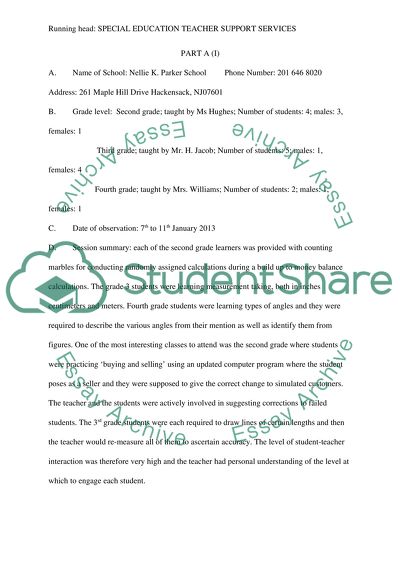Cite this document
(“Observations Made on Learning Differences between SETTS and Regular Assignment”, n.d.)
Retrieved from https://studentshare.org/education/1466287-math-observation-report
Retrieved from https://studentshare.org/education/1466287-math-observation-report
(Observations Made on Learning Differences Between SETTS and Regular Assignment)
https://studentshare.org/education/1466287-math-observation-report.
https://studentshare.org/education/1466287-math-observation-report.
“Observations Made on Learning Differences Between SETTS and Regular Assignment”, n.d. https://studentshare.org/education/1466287-math-observation-report.


